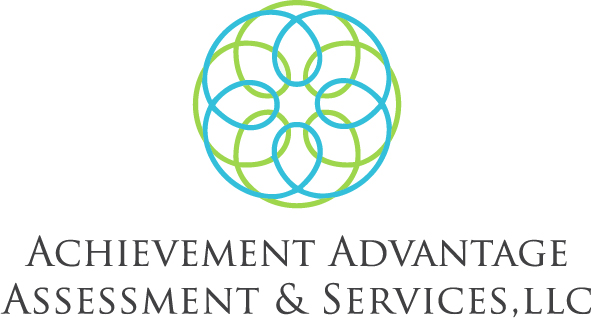In a previous post, we shared about the differences you will likely see between services and accommodations a student might receive in the K-12 and postsecondary settings. While students in a college or vocational setting will not be provided direct services to remediate learning deficits like they would with an IEP in the K-12 setting, students with disabilities still have rights that will protect them at the postsecondary level. Section 504 of the Rehabilitation Act makes it clear that “no otherwise qualified individual with a disability in the United States…shall, solely by reason of her or his disability, be excluded from the participation in, be denied the benefits of, or be subjected to discrimination under any program or activity receiving Federal financial assistance.” While an IEP and the services it ensures does not continue once you graduate from high school, under Section 504 an individual with a disability is defined as someone with a physical or mental impairment which substantially limits one or more major life activities. If you are a student with a disability, your postsecondary institution must provide reasonable accommodation to address your specific disability. The accommodations you may receive will be linked to your areas of need. Below are a variety of common accommodations that are frequently used by students with disabilities. It is important that you meet with the person responsible for providing services to students with disabilities at your educational setting. They will be able to give you more information about all of the accommodations and services they can offer.
Classroom Accommodations
Depending on your disability, you will likely need accommodations within the classroom setting. These may include:
Copy of notes. This may come in the form of a copy of the teacher’s slides or a copy of notes taken by another student in the class.
Assistive technology. This may include things like typing written responses instead of hand writing them to allow you to spell check them. You may also be able to audio record class lectures.
Preferential seating. This could vary depending on the type of disability you may have. For example, if you have visual, hearing, or attention issues related to your disability, you may prefer to sit nearest to the point of instruction. If you experience anxiety or have a medical diagnosis that might require you to leave the room if you are experiencing symptoms, you might prefer to sit near the end of the row closest to the door.
Breaks as appropriate.
Extra time to complete in-class assignments. This accommodation may be provided if it takes you longer to complete tasks based on your disability.
Testing Accommodations
Taking assessments in a reduced distraction environment.
Extra time on assessments. For most disabilities, postsecondary organizations typically allow an additional 50% to complete assessments.
Read aloud. Tests may be read allowed to students who have significant reading deficits or visual impairments.
Typing written responses.
For the next blog, we will share about additional services that postsecondary organizations may offer and how to find private services if you need additional supports.

